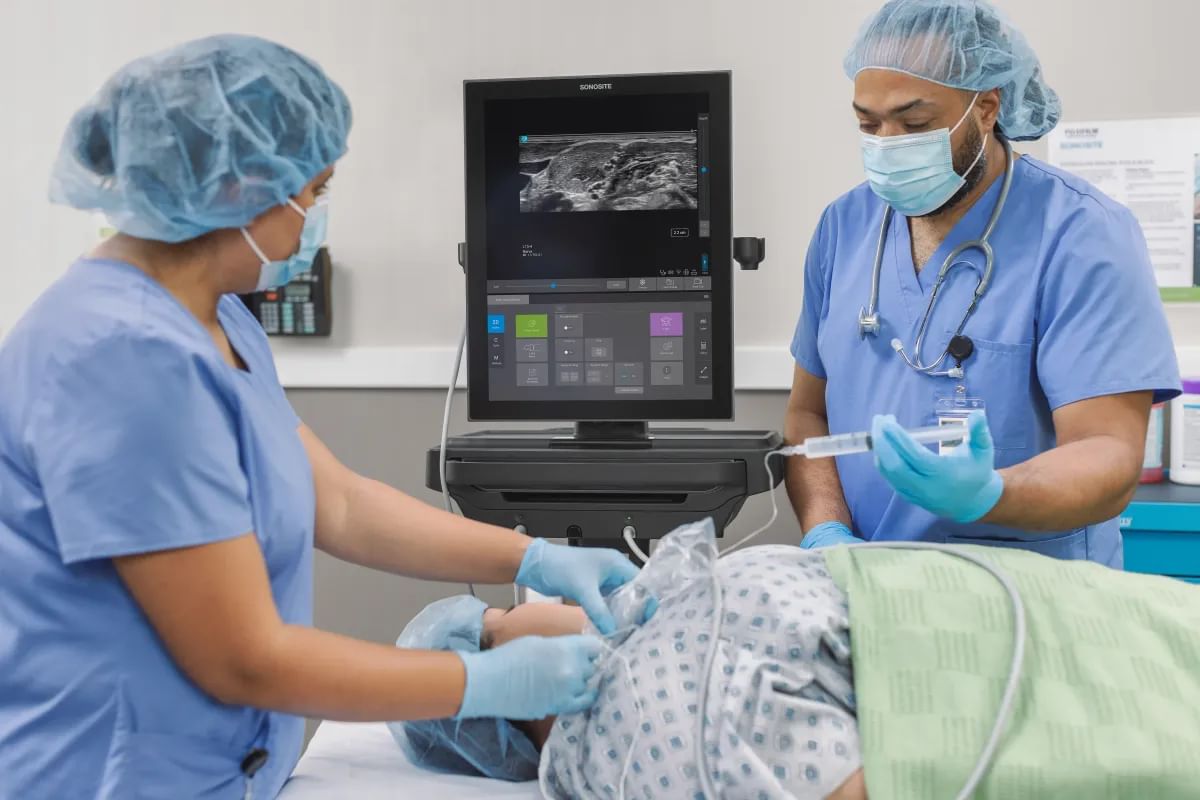
Portable ultrasound machines have revolutionized diagnostic imaging, offering mobility without sacrificing quality. The demand for these versatile imaging tools in modern healthcare has surged, allowing clinicians to provide timely and accurate diagnoses in various settings. Selecting the appropriate ultrasound machine tailored to your practice’s needs can significantly enhance efficiency, accuracy, and cost-effectiveness.
Whether you are part of a large healthcare institution or running a small private clinic, making an informed choice is crucial. This article aims to provide a framework to help navigate the complexities of choosing the best portable ultrasound machine for your practice. By understanding your practice’s needs and evaluating key features, practitioners can make well-informed decisions.
I. Understanding Your Practice's Needs
Identify Your Specialty: Different medical specialties require specific ultrasound capabilities. For instance, a busy anesthesia department might need highly efficient equipment with needle visualization tools, while a cardiac intensive care unit requires robust Doppler capabilities and measurements. Understanding your specialty helps narrow down machines designed for those specific use cases.
Assessing Your Workflow: Consider what your workflow looks like from the moment you grab the machine to the moment you complete the ultrasound examination. A department that bills for ultrasound studies and uses multiple transducers requires a robust machine that seamlessly connects to an imaging archival system. Conversely, a high-volume department that occasionally saves images and only needs needle visualization requires a streamlined system with optimized presets for minimal adjustments on the machine.
Consider Your Environment: The setting in which the ultrasound machine will be used also influences your choice. For clinics and hospitals, compactness and ease of movement within the facility are crucial. For fieldwork or remote locations, a truly portable, durable system that can withstand various conditions is essential.
II. Key Features to Evaluate
Imaging Quality: High-quality imaging is vital for accurate diagnostics. Look for machines that offer high resolution and appropriate imaging modes for your application such as 2D, Color Doppler, Power Doppler, Pulsed Wave Doppler, and M-mode. This ensures clear visualization and quantitative information, vital for making precise diagnoses.
Portability: Portability in point-of-care ultrasound can range from handheld devices to small cart-based systems. Handheld devices are lightweight and can be carried in a pocket, making them ideal for fieldwork and high volume/low complexity exams, whereas cart-based portable machines offer more advanced features but have a larger footprint.
Battery Life and Power Options: A reliable battery life is critical, especially for field use where power sources may be limited. Dual power options, including battery and plug-in capabilities, provide flexibility and help ensure the machine can be used in various settings without minimal interruption.
Connectivity: Modern ultrasound machines should feature seamless data transfer options like Wi-Fi or USB. Compatibility with EMR (Electronic Medical Records) and PACS (Picture Archiving and Communication Systems) is essential for integrating patient images and reports smoothly into your practice’s workflow.
User Interface and Ease of Use: An intuitive user interface with simple-to-use controls is critical for efficient operation. Look for systems with a wide range of preset exam options and customizable settings to meet the specific needs of your practice. Ease of use may reduce the learning curve and time to diagnosis, leading to a better patient care environment.
Durability and Build Quality: Durability is crucial, especially for field or mobile use where the equipment might face rough conditions. Depending on your environment, it may be necessary to opt for machines that are drop-tested and water-resistant, featuring strong build quality and resilience against wear and tear.
Cost and Budget: Evaluate both the initial purchase cost and the long-term value of the ultrasound machine. Investing in a reliable ultrasound machine with features that are crucial for your practice can save costs in the long run. Balance your budget with the machine’s capabilities and ensure it meets your essential requirements.
III. Additional Considerations
Warranty and Support: A strong warranty and reliable customer service are essential for long-term satisfaction with your ultrasound machine. Check for warranties that cover system and transducer repairs, accidental damage, and loaner units to ensure continuous operation.
Maintenance and Upgrades: Consider service contracts and the availability of regular software upgrades. Some ultrasound manufacturers require maintenance check-ups to keep their products running smoothly, some do not. Software upgrades ensure that you have access to the latest features and improvements, without having to purchase a new machine.
Try Before You Buy: If possible, evaluate the ultrasound machine via a demonstration or trial period. Hands-on experience allows you to test the machine’s performance, ease of use, and suitability for your practice before making a purchase.
Conclusion
Choosing the right portable ultrasound machine involves understanding the specific needs of your practice and evaluating features such as imaging quality, portability, battery life, connectivity, user interface, durability, and cost.
FUJIFILM Sonosite designs point-of-care ultrasound systems, ultrasound transducers, software, & ultrasound accessories with real-world customer needs in mind. Contact Us for more information.

